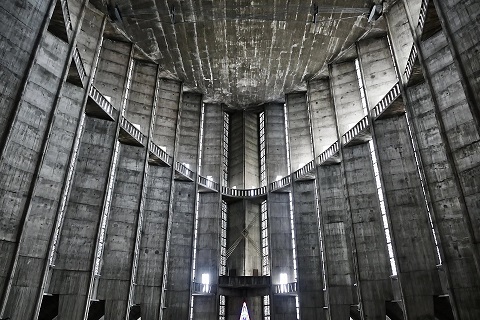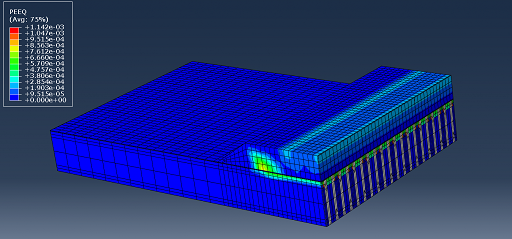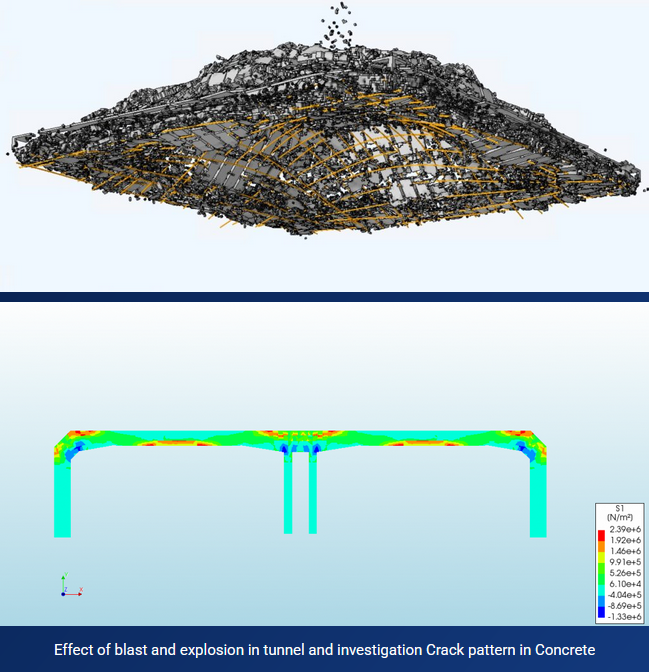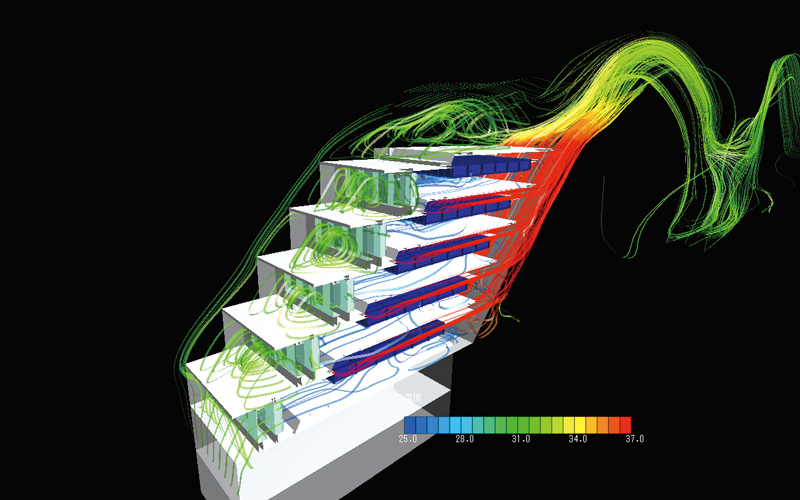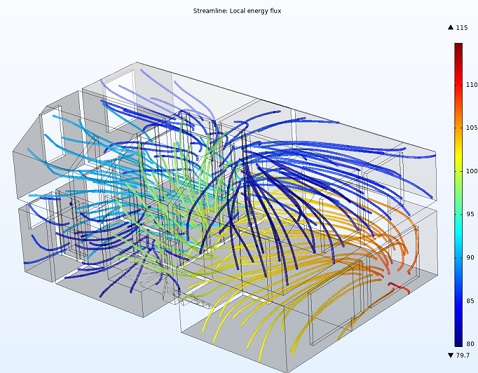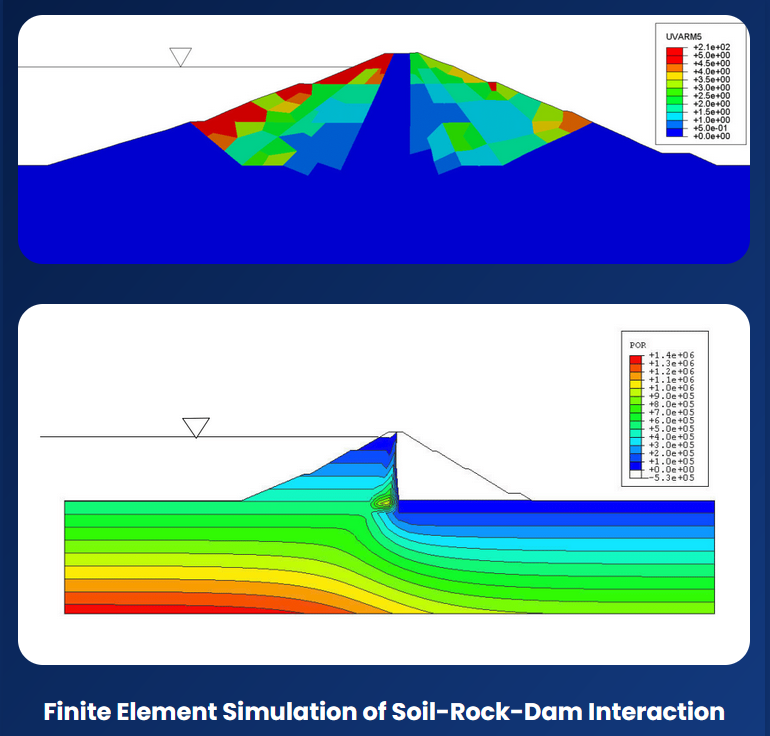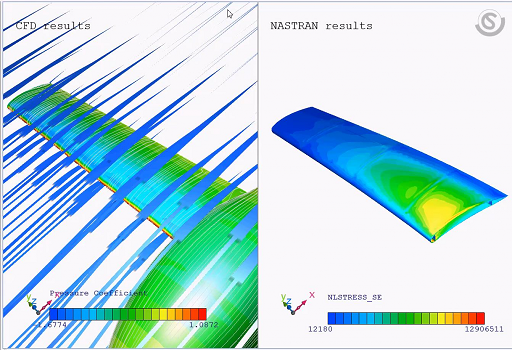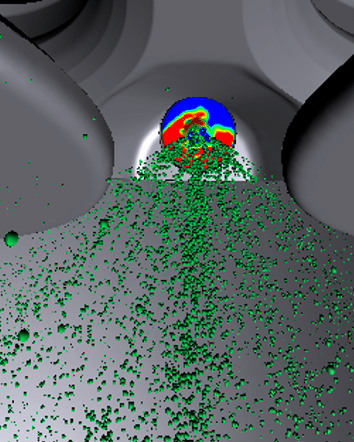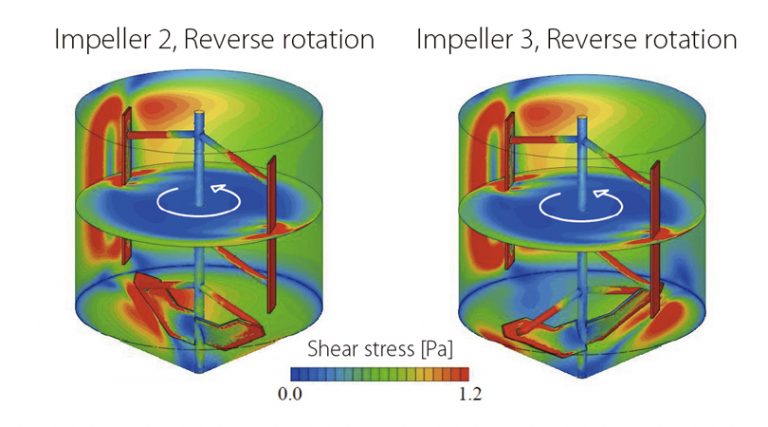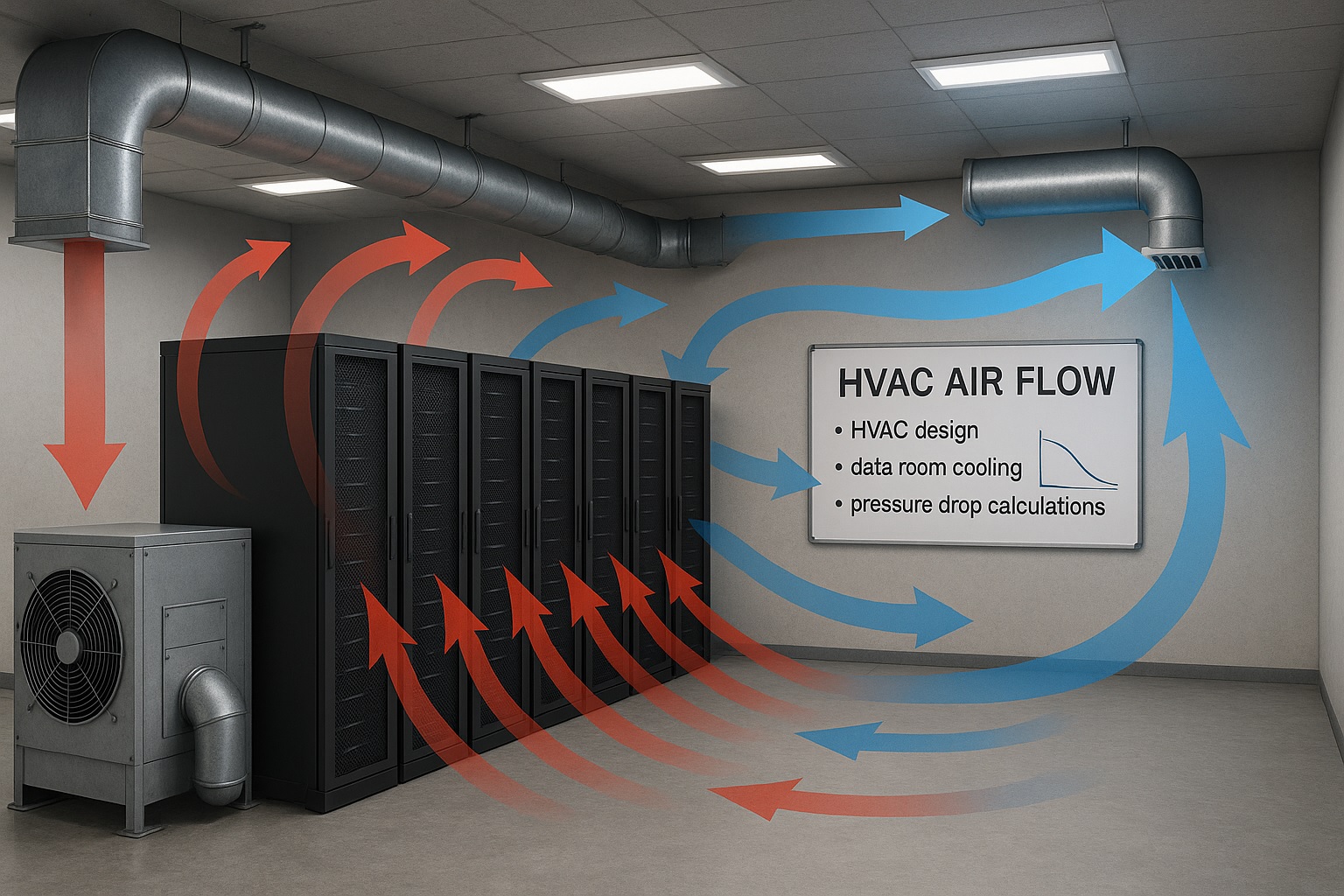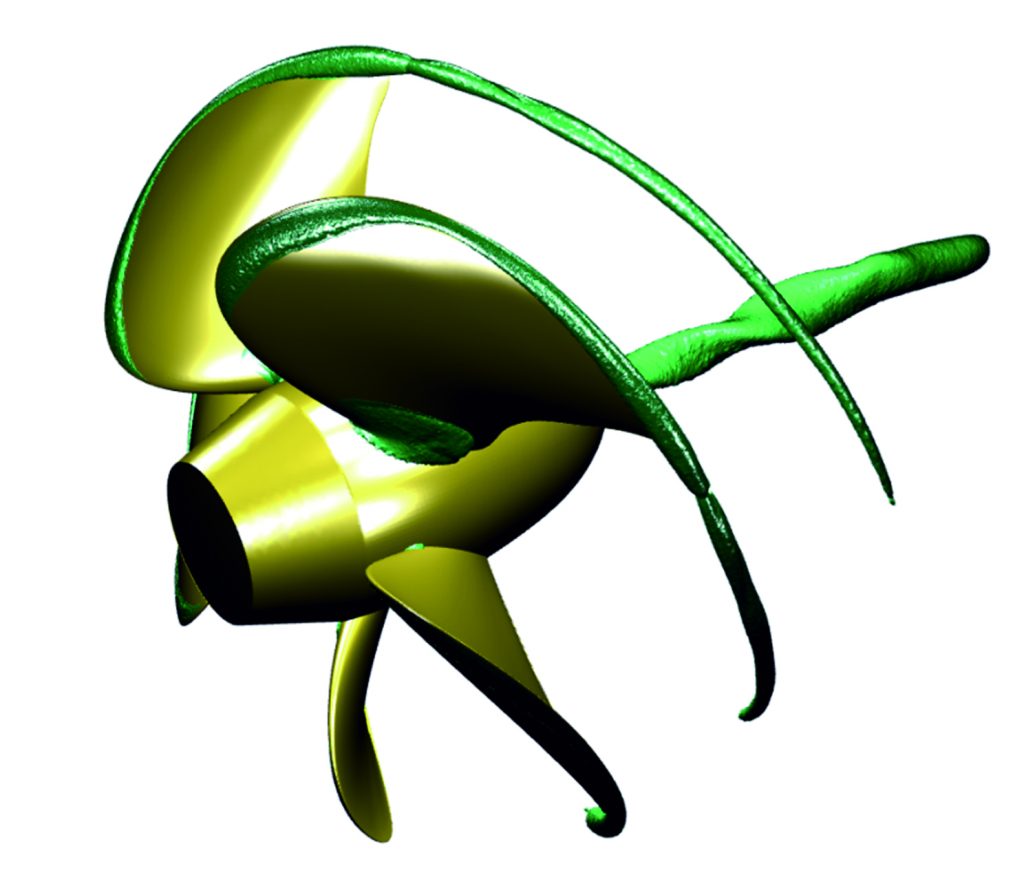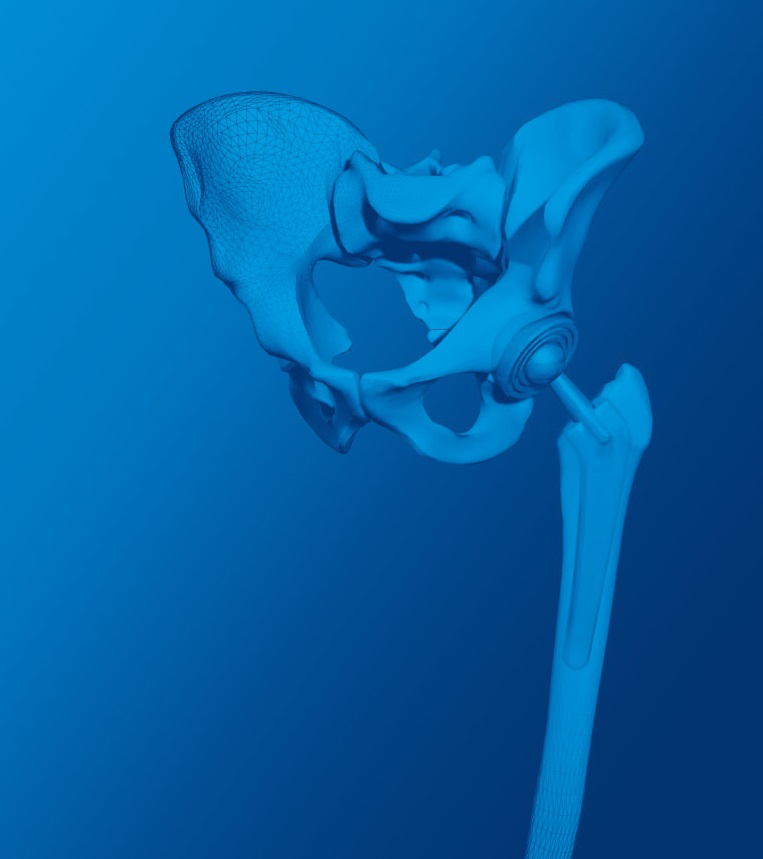Advanced analysis techniques are required to accurately assess the behavior of structures under seismic loading conditions. Dynamic time-domain finite element analysis is necessary to simulate the behavior of structures under seismic loads, particularly for non-standard structures with complex geometries or load paths. A linear analysis in the frequency domain may be sufficient for simple assessment, but for more complex applications, the full nonlinear characteristics of possible failure mechanisms and the interaction of the structure with the ground and environment need to be considered in a nonlinear time-stepping analysis.
Nonlinear time-stepping analysis is essential to accurately simulate the behavior of structures under extreme loading conditions, such as earthquakes. This type of analysis takes into account the nonlinear behavior of materials and the structure, as well as the interaction between the structure and the ground and environment.
In earthquake engineering and seismic design, it is essential to understand the seismic hazard of the region and the expected ground motion characteristics. This information is used to determine the seismic design criteria for the structure, including the seismic design forces, response spectrum, and ground motion time history.
Advanced seismic design techniques are also used to enhance the seismic performance of structures, including base isolation, energy dissipation, and damping systems. These techniques are designed to reduce the seismic forces on the structure and minimize damage during an earthquake.



